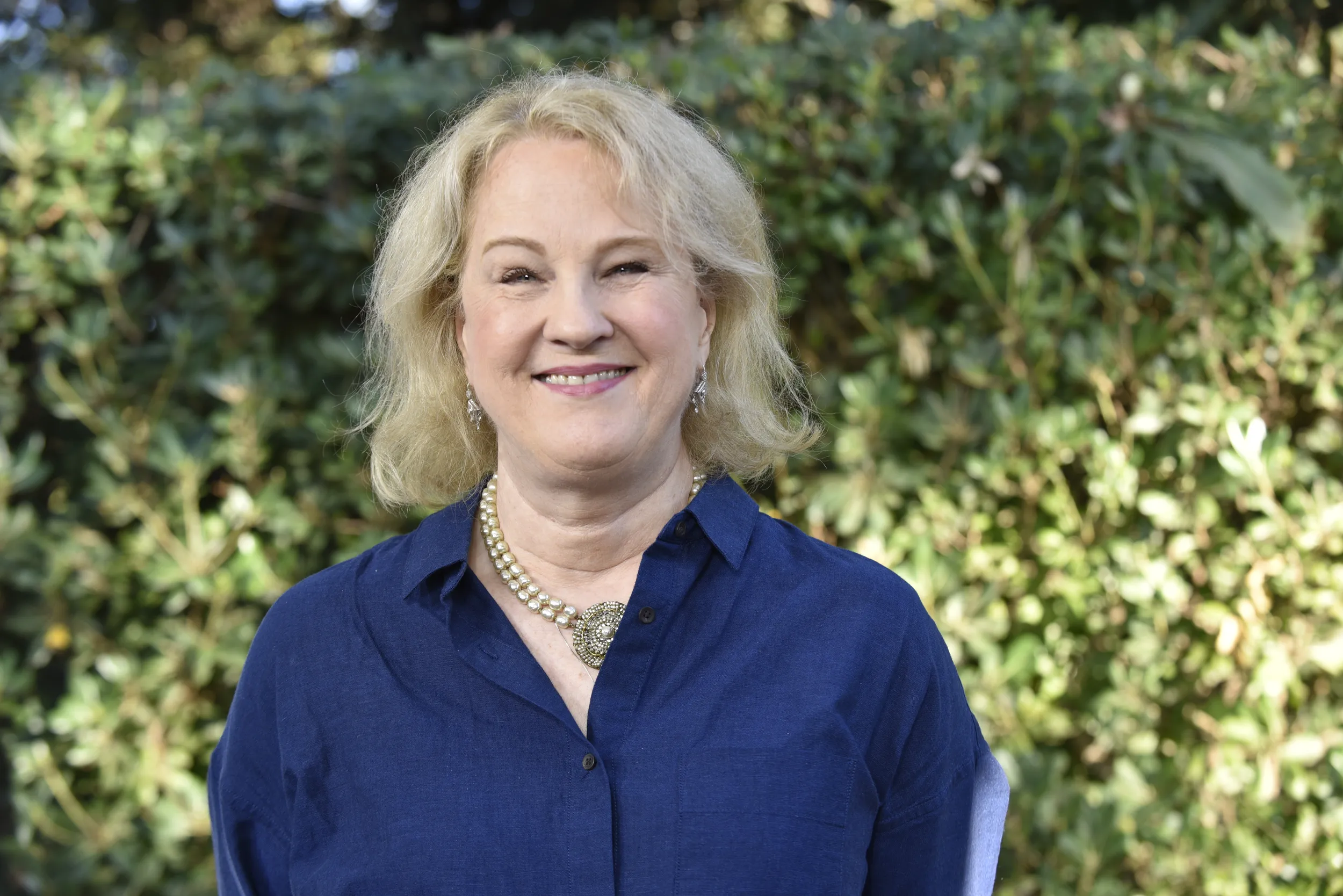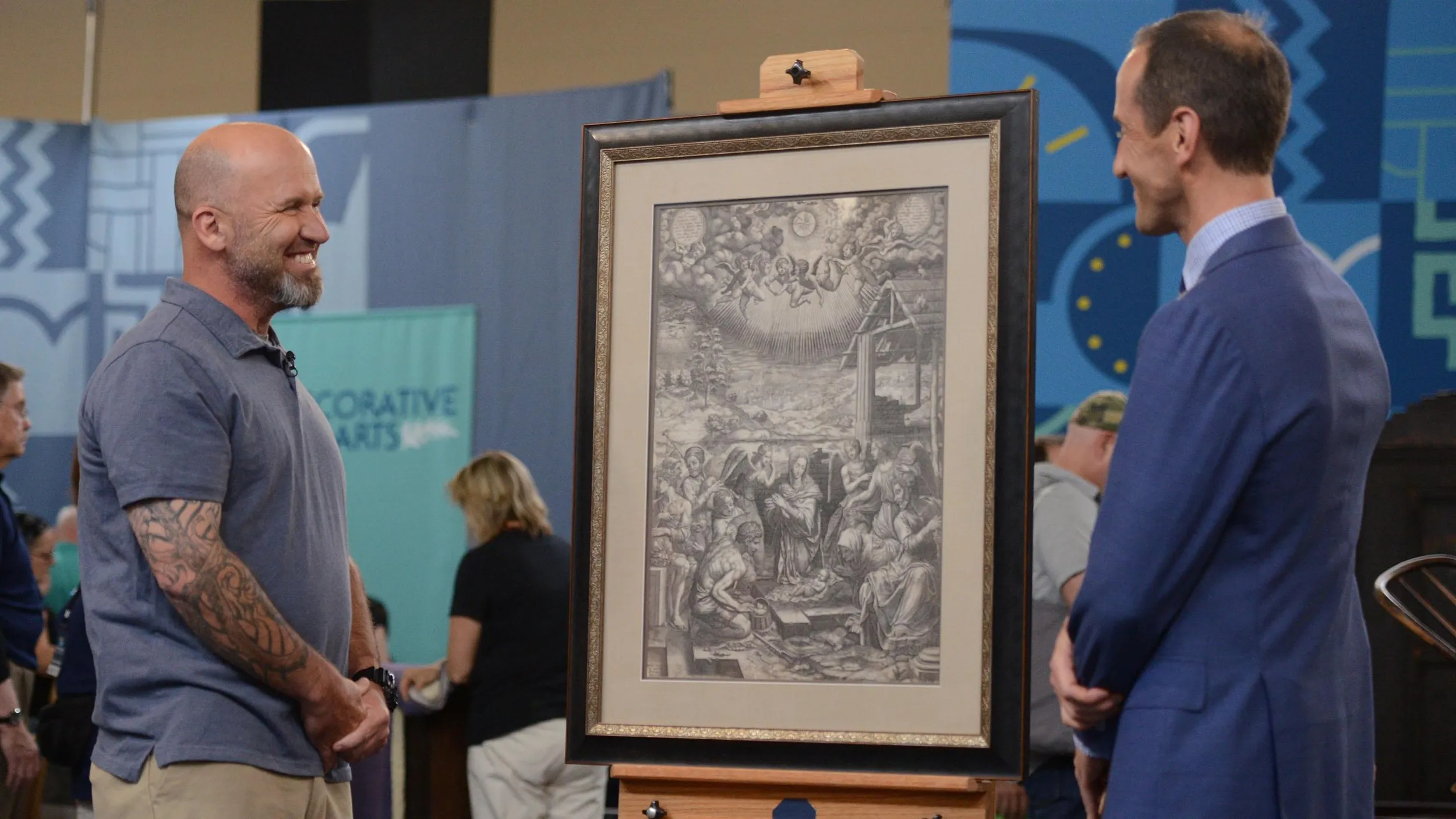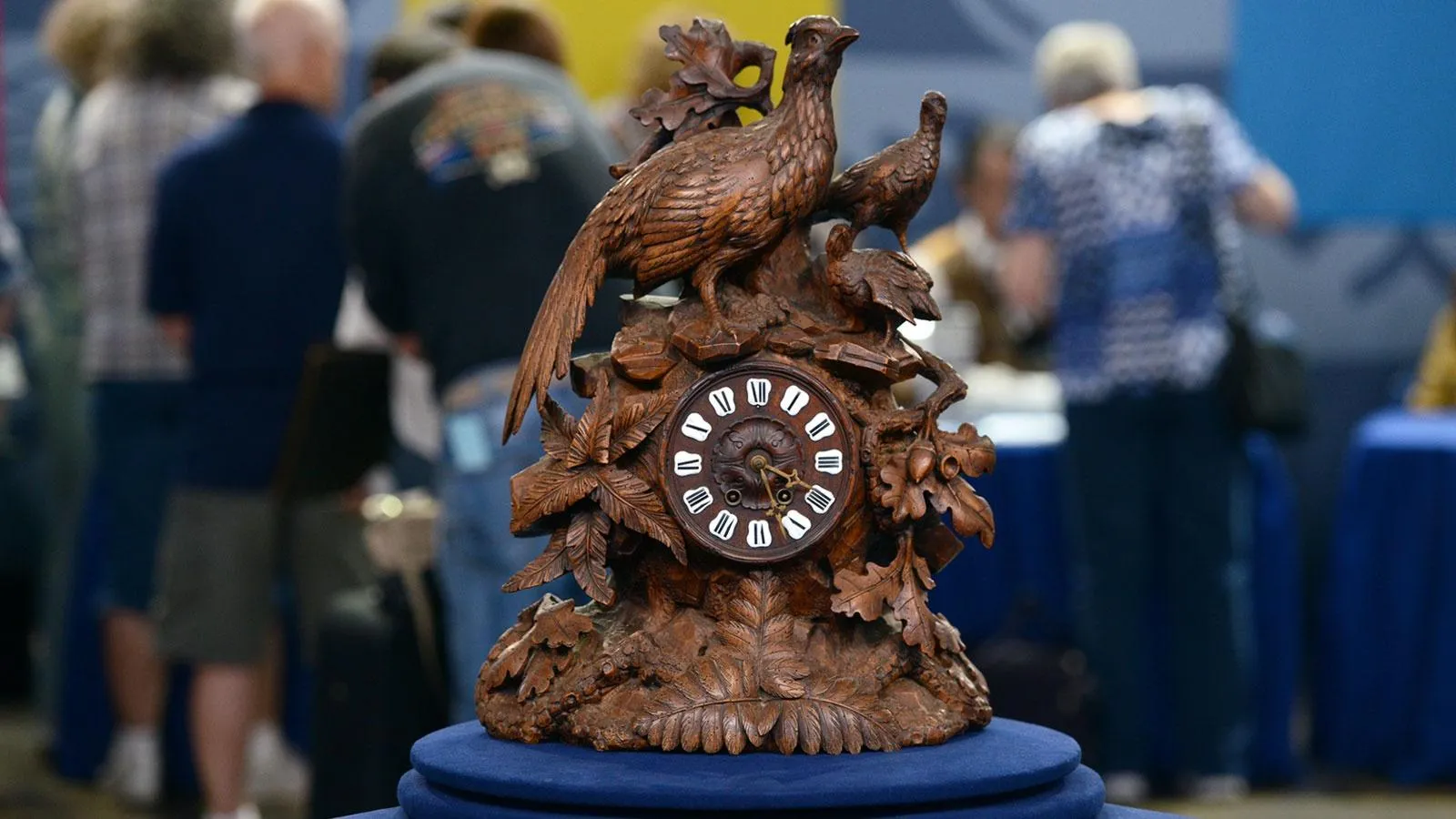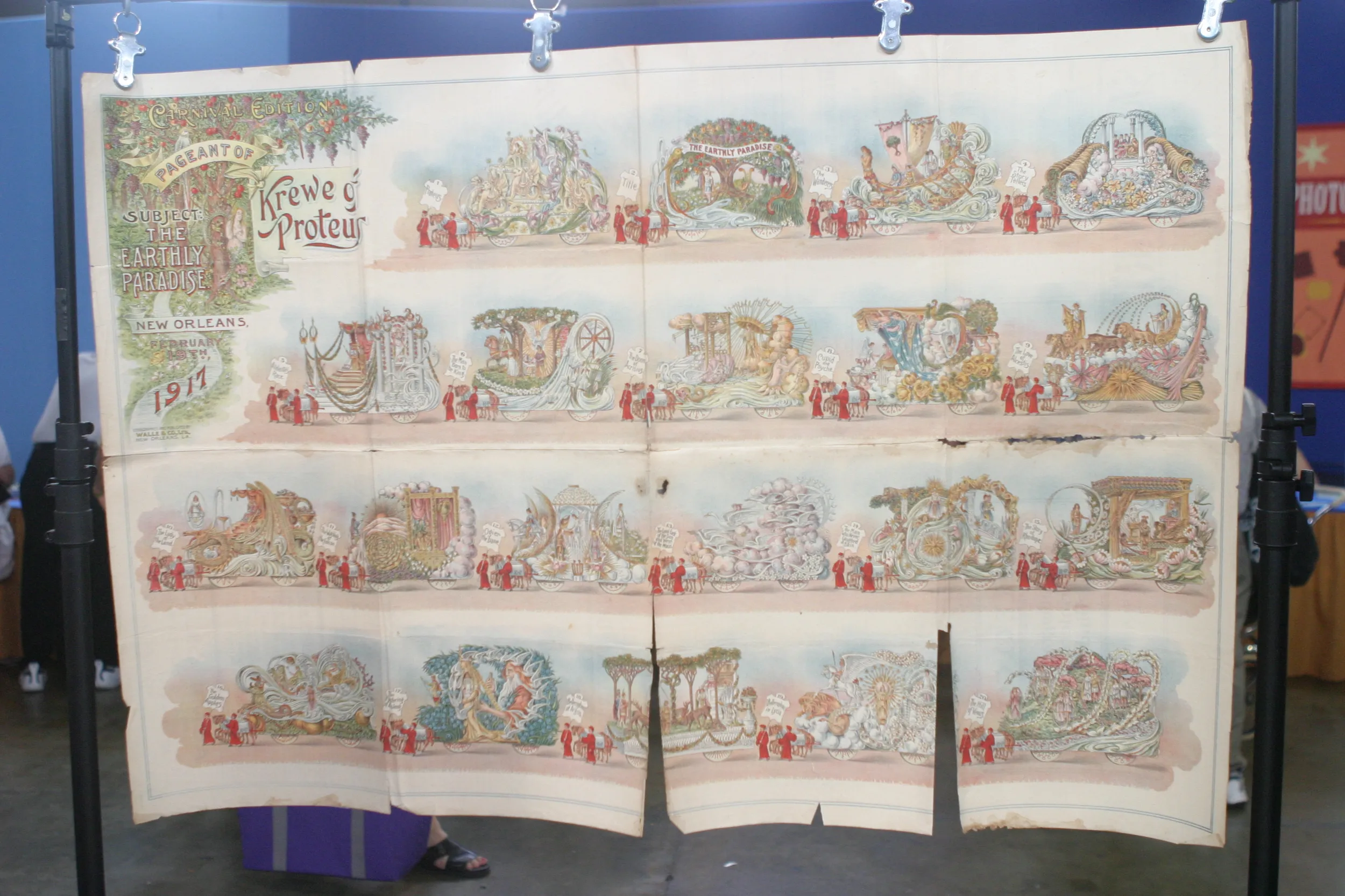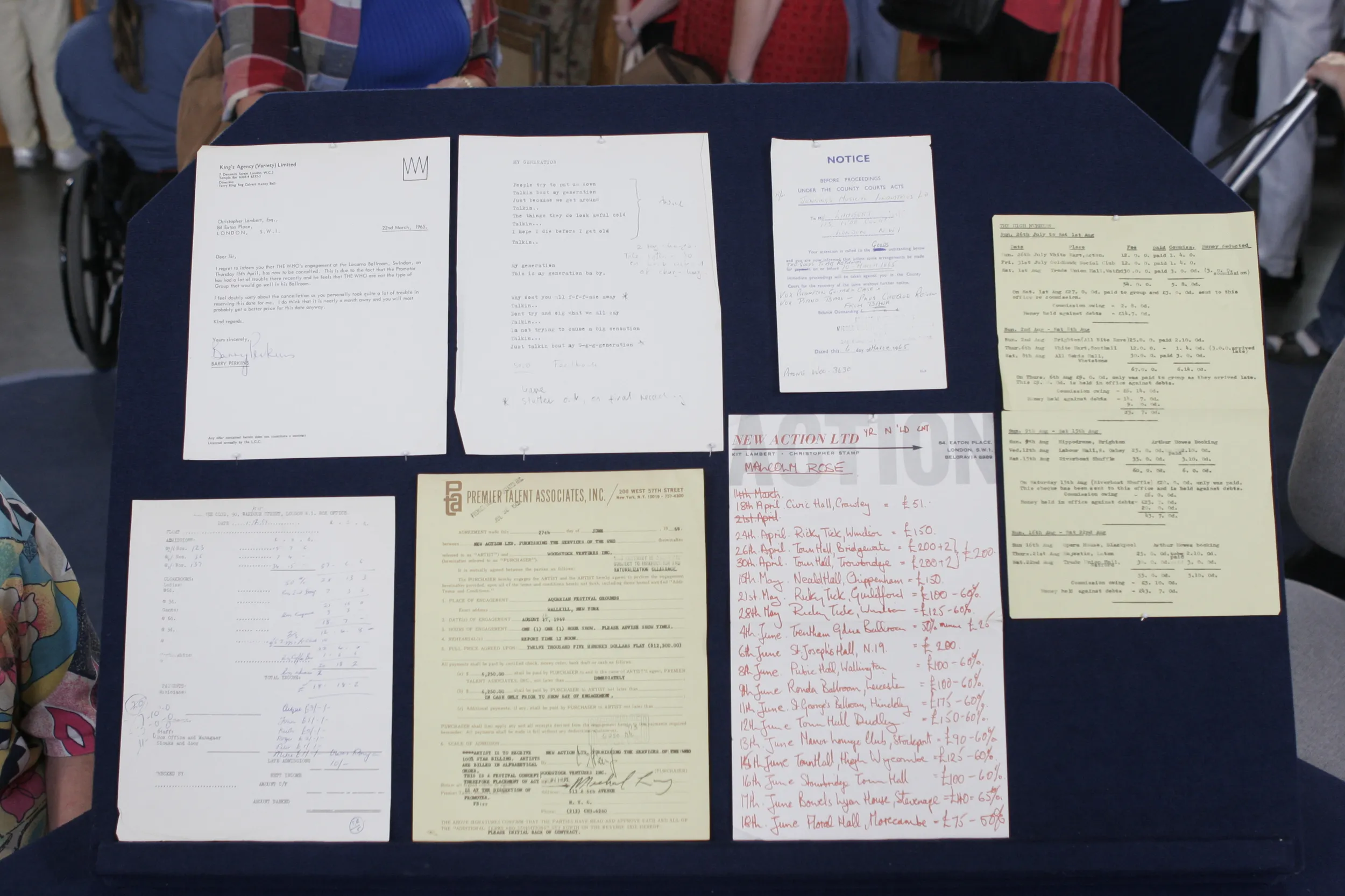GUEST: Today I brought in a couple of, I'll call them sketches, for lack of a better word, that were given to me by a very close relative. I just found them very interesting, and wanted to find out what they were worth.
GUEST: Okay, and you know who the artist is.
APPRAISER: Edward Bannister, I think, is his name.
APPRAISER: Do you know where the relative got the works?
GUEST: Probably an auction, possibly Rhode Island.
APPRAISER: Well, that would make sense, because the artist, Edward Mitchell Bannister, lived in Rhode Island. He was born around 1828 in Canada to a father, a Black man who was from Barbados, and a white woman who was of Scottish descent. They had both died by the time he was 16. So he ended up moving to New England in the 1840s and he did all kinds of odd jobs. He was a cook, he was an actor, and then he ended up in Boston being a barber. But he was interested in art, so he started taking evening classes at the Lowell Institute. And around 1876, they had a big centennial exhibition in Philadelphia, and he won the bronze medal. But when the judges realized he was Black, they tried to rescind the prize. And what was interesting was that the artists who had competed with him argued in his favor, and he was able to keep the prize.
GUEST: Great.
APPRAISER: So once he won that medal, he started getting commissions and recognition, and he was able to be an artist full-time. And he very much admired the Barbizon School. It was a group of artists who painted landscapes in France. And they had sort of a serene view of nature, which very much was his same point of view. But towards the end of his life, that style of painting fell out of favor, and he really became completely obscure.
GUEST: Hmm.
APPRAISER: He died in 1901, but in the 1970s, there was the Civil Rights Movement, and that's when there was a resurgence of interest in his work.
GUEST: Okay.
APPRAISER: So here we see two works on paper. In this one, the paper has yellowed a bit, and we see a scene with a couple of figures. And this landscape is signed with initials in the lower right. But what's fascinating is that he has repurposed a prescription pad, and here you can see the "Rx" up here in the corner, and the address. It would be interesting if one would be able to find out if either of these works related to a painting that he did later on.
GUEST: Mm-hmm.
APPRAISER: The artist hasn't sold a great deal at auction, probably more oils than works on paper. And I think, if we were to combine the value of these two works at auction, it might be something like $2,000 to $4,000.
GUEST: Mm-hmm.
APPRAISER: Maybe a bit more if we were talking about retail. So although they don't have a terrific amount of value, they are so interesting to see, because he's a very interesting artist, and one of the very early Black artists in the history of American paintings.
GUEST: Well, certainly an, an interesting history.
